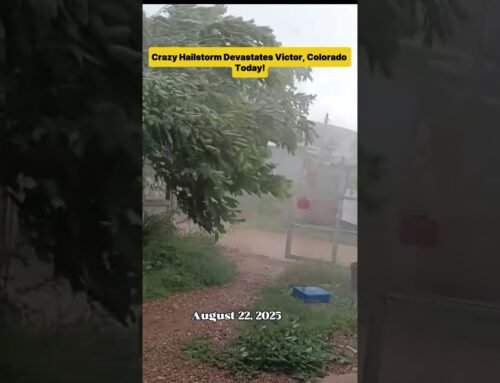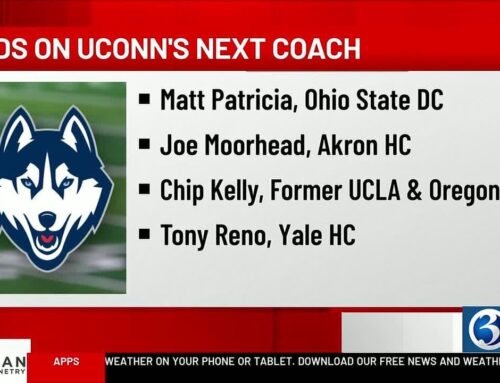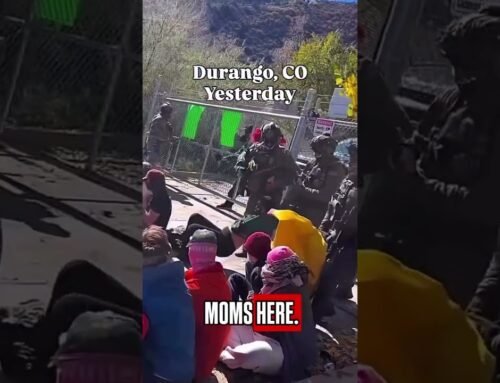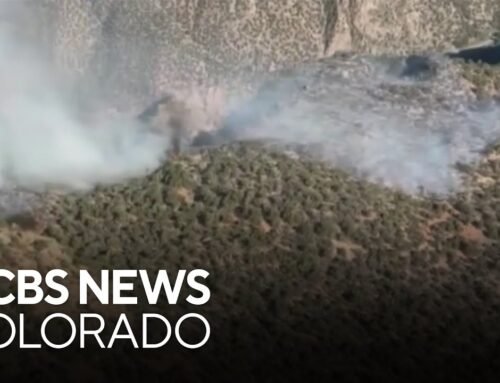
What do you think of when you hear emergency preparedness? Do you think of an earthquake, a power outage or maybe a simple DIY kit (like a bugout bag) or an emergency checklist? In our opinion, preparedness comes from a life lived with good systems in place. Here are some basic steps to be ready when the time comes.

Note: This post was originally published back in September of 2023 but has since been updated with my podcast interview with Glenda from Lehman’s.
What Is Preparedness?
When people think of being prepared, they often check off the three B’s: beans, bullets, and bandaids. They figure that if they have these three things, they’ll be ready for anything.
This approach isn’t quite for us. We want to be intentional about our preparedness because being prepared means constantly evolving and improving systems. There are so many different reasons you and your family members should prepare for emergencies.
What if you got a message from someone that said, “Hey, they’re turning our power off for the next 5 to 7 days, and I just went to the bank so we’d have some cash on hand, ATMs are down, can’t find any generators and we’re watching food and water go off the shelves at the stores.”
Where would you think that was taking place?
Our first instinct is usually to think of a third-world country dealing with a natural disaster, but this recently happened in California. Emergencies aren’t always due to hurricanes and floods.
Why Emergency Preparedness is Important
The constant power grid outages and fires in California are a good reminder of the fragility of our systems. Our electrical grid in this country is worn down and old. It hasn’t been kept up or replaced, so it can easily fail us.
Having a basic emergency plan on hand means you can be prepared, not scared. The following tips are not extensive by any means, but they’re a great starting point for ensuring you and your family are well-prepared.
These basics can be adapted to your specific needs, whether that’s for three hours, three days, or even three weeks. These tips will help whether you’re living on 40 acres in the wilderness of Idaho, like us, or in the city.
Must-Have Preparedness Basics
In a nutshell, there are four main categories to be prepared in: heat, food, light and water. We’ll be adding a few more categories to this list so that you and your family can survive an emergency comfortably. However, if you can only start with a few areas, start with those four.

Shelter
You must be protected from the elements. If you’re watching this video, I imagine you all already have a home that will work as a shelter in times of emergency. But perhaps consider where you might go if you have to evacuate your home for whatever reason (say, a fire, hurricane or flooding).
It’s important to have these meeting places written out in a plan somewhere. Then, it’s also important to relay this plan to every member of your household.

Water
Most people don’t realize how fragile their water system is. Do you have an abundant water supply on your property?
Consider the options available to you, whether it’s bottled water, barreled water, water collection systems on your property and a countertop filtration system, a Life Straw, installing a hand water pump or something else entirely. Look at your situation and figure out a plan that will work for the number of people in your household.
I don’t think a few days or a week is enough water. I’d recommend having a water supply for at least a month. This means you also need to know how to store water properly long-term, as you’ll need upwards of 3-10 gallons of water per person per day. This amount will cover cooking, hygiene and drinking needs.
Remember your pets and livestock in this scenario, too! When it comes to being prepared, they count as members of the family.

Food Storage
You still need to eat in an emergency. Having a proper food storage system is good whether you’re expecting an emergency or not. And I’m not just talking about having a few MREs (Meals Ready to Eat) on hand or some freeze-dried or dehydrated food. You’ll want to have the highest quality food you can get.
For this reason, we encourage you to grow and preserve your food so you know where it came from, how fresh it was when it was put up, and the supply or amount you have on hand. You don’t want to stress over getting food from the grocery store after it’s already started flying off the shelves.
If you’re not yet at a place where growing and preserving your food is a possibility, Lehman’s offers many shelf-stable food items that are great for stocking your pantry. Stocking up a bulk food supply is important for more than just emergencies. The great part about canned food is you can just pop off the lid and eat it without the need to cook it first (just make sure you have a can opener!).
You’ll want dried beans and grains, preserved fruit and vegetables, canned meat and honey. Don’t rely on the freezer for all your preserving. If your emergency involves a long-term power outage, that food won’t last long in the freezer. If you’re really interested in food storage without electricity, Lehman’s offers some gas-powered refrigerators/freezers.
Want to take a look into our food storage system for a family of 13? We have put together a full pantry tour of how we store food for a year.

Cooking
Beyond food storage, you’ll need to have a backup method for cooking your food. Do you have an outdoor cookstove with propane tanks? That’s a great option that doubles as a fantastic way to can food in the summer months.
We have a wood-burning cookstove that doubles as a heat source. One thing I will recommend is that you practice cooking on your stove prior to an emergency. There is definitely a learning curve, and you don’t want an emergency to be the first time you’re testing it out.

Heat Source
Depending on where you live, this may not be a priority (for those of you in the south, for example), but up here in the far north of Idaho, heat is very important and critical in the winter months.
Though heat for your home or shelter may not be necessary, I think we can all agree that having a heat source for heating and cooking food or boiling water is essential.
We have a Camp Chef that we use for canning in the summer, as well as for camping. It’s a great backup with a couple of propane tanks for cooking food, too. We also have a wood-burning cookstove in our kitchen, and our house is primarily heated with wood heat.

Fuel sources
Wood, propane, butane, gasoline, etc. What fuel sources do you need to keep your heat source up and working? If you’re solely on electrical power, I’d encourage you to source alternative methods for your water, heat, cooking, and power.
We aim to have six months to a year’s supply of extra fuel sources, whether wood, gasoline, propane, etc.

Light
In a long-term power outage, it’s going to be important to have a backup light source. This is especially true for us during the winter months when the sun is setting before 4:00 PM.
There are many options for light. Some short-term options could include a flashlight and a high-powered headlamp with backup batteries and/or a rechargeable lantern.
Non-battery options such as Aladdin oil lamps or hurricane lanterns are great for a longer-term solution. An Aladdin lamp puts out as much light as a 75-watt lightbulb. While the hurricane lanterns are a bit less bright, you could still probably play a game of cards next to it.
Make sure you have plenty of lamp oil, extra lamp wicks and waterproof matches on hand, and be prepared by making sure everyone in the house knows how these light sources work.

Power
Power isn’t essential, but it can be important. Most people who live in the city have electricity for the majority of their power sources. The stove, the heating, the water heater, etc. I would encourage you to start diversifying your sources.
One of the best ways is to install an inline generator that’s hooked up to your house. When the power goes out, it kicks on. This may not be possible if you’re in the city, so check the regulations and city ordinances.
You can also use smaller backup generators that can be powered differently. We’ve used multiple options over the years. In the past, we’ve had one generator to keep our freezers running, one to keep the heater going, one to power electricity to the barn, etc.
Find out what will work best for you and your situation. But have a plan in place. You may even consider going off-grid with solar power.
It’s not feasible to keep a generator running all day. It’s expensive, and replenishing your fuel supply may not be possible.

Basic Medical Supplies and Knowledge
It’s good to have a basic understanding of first aid care as well as backup medication. Everyone should know what to do in case of an emergency until help can arrive as well as learn the basics of medicinal herbs and their uses.
Start slowly stocking your herbal medicine cabinet, growing a medicinal herb garden, and even consider getting something like a Jase Case emergency medical supply kit (using that link and coupon code “HOMESTEADFAM10” will get you $10 off at checkout).
Whether this means one person in your family takes a class on basic first aid or you do some research online, there are many resources out there, so there’s no excuse. Check out my Medicinal Herb Cabinet: Colds & Flu course.

Alternative Communication Sources
Relying on your cell phone in a time of crisis isn’t the best option. It’s great to have backups like a walkie-talkie or HAM radio. One of the first lines of communication to get jammed up in an emergency is the phone line.
Know how you will get ahold of your loved ones or people you may need to reach.
Along this line of thinking, it’s also a good idea to have contact information for all your family and close friends, including phone numbers, addresses and how to get in touch with them if phone lines and cell towers are down. Don’t forget people like the doctor and vet’s phone number and address.
Having a hand-crank radio is also a good idea, as you can listen to emergency broadcast channels to learn what’s going on, if it’s something national or just in your region.

Cash on Hand
You don’t want to rely on the bank or ATM after the emergency has begun. Banks may not be able to get you your money, or if the bank is closed and power is out, the ATM simply won’t work.
Keep a fair amount of cash on hand (and keep it in a safe place) to help you get through an emergency. If power is down, you won’t be able to pay with a credit card, but many places will still honor cash.
With these nine steps, you’ll be much more prepared for an emergency if and when one occurs. Don’t get caught unprepared. Do your due diligence now so you can rest easy (or at least easier) in a true emergency.

Entertainment
It’s important not to overlook having entertainment in times of emergency. Especially if you have little ones, they can get scared very easily, so having some comfort items (like a teddy bear) and entertainment (like cards and board games) to distract them is a great idea.
Disasters happen in every season, and being prepared for all seasons will look different. Consider your disaster or emergency preparedness plan before the disaster or emergency strikes. Remember, the prepared are usually spared and being prepared means you won’t be scared!

More Posts You May Enjoy
…
homesteadingfamily.com
Feed Name : Homesteading Family
Homestead,Podcast,Preparedness,Thrive
hashtags : #Emergency #Preparedness #Tips #Youre #Ready






Leave A Comment